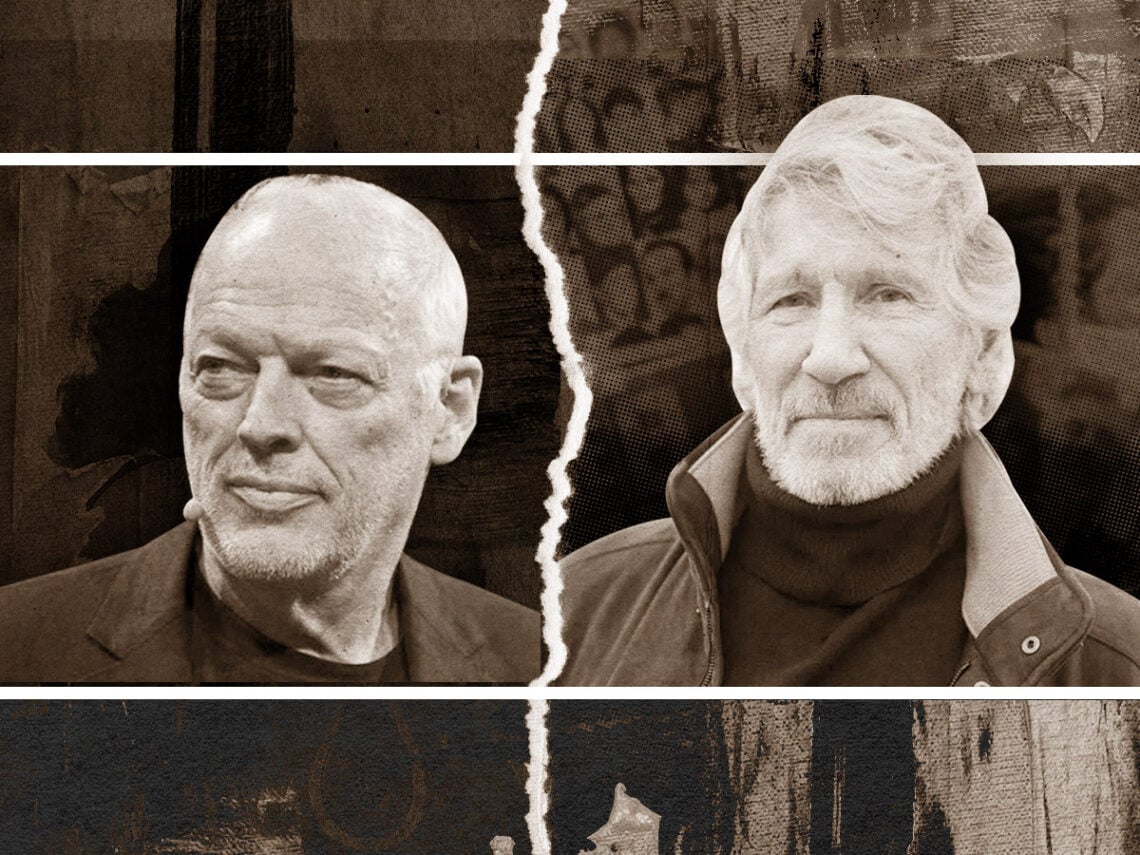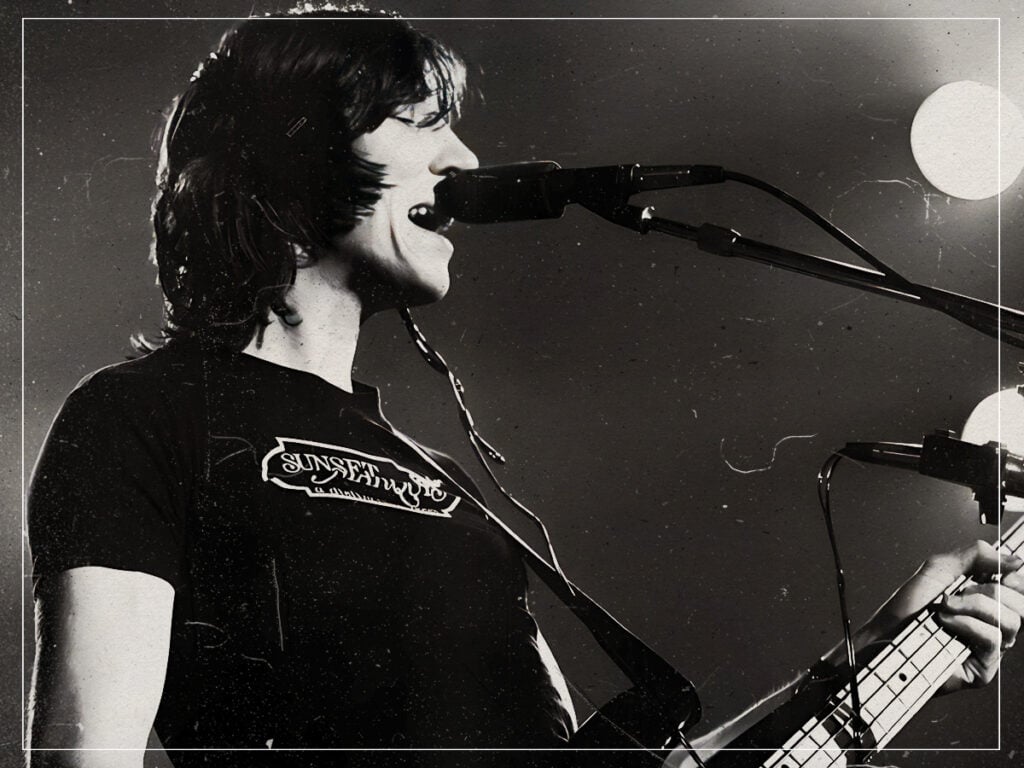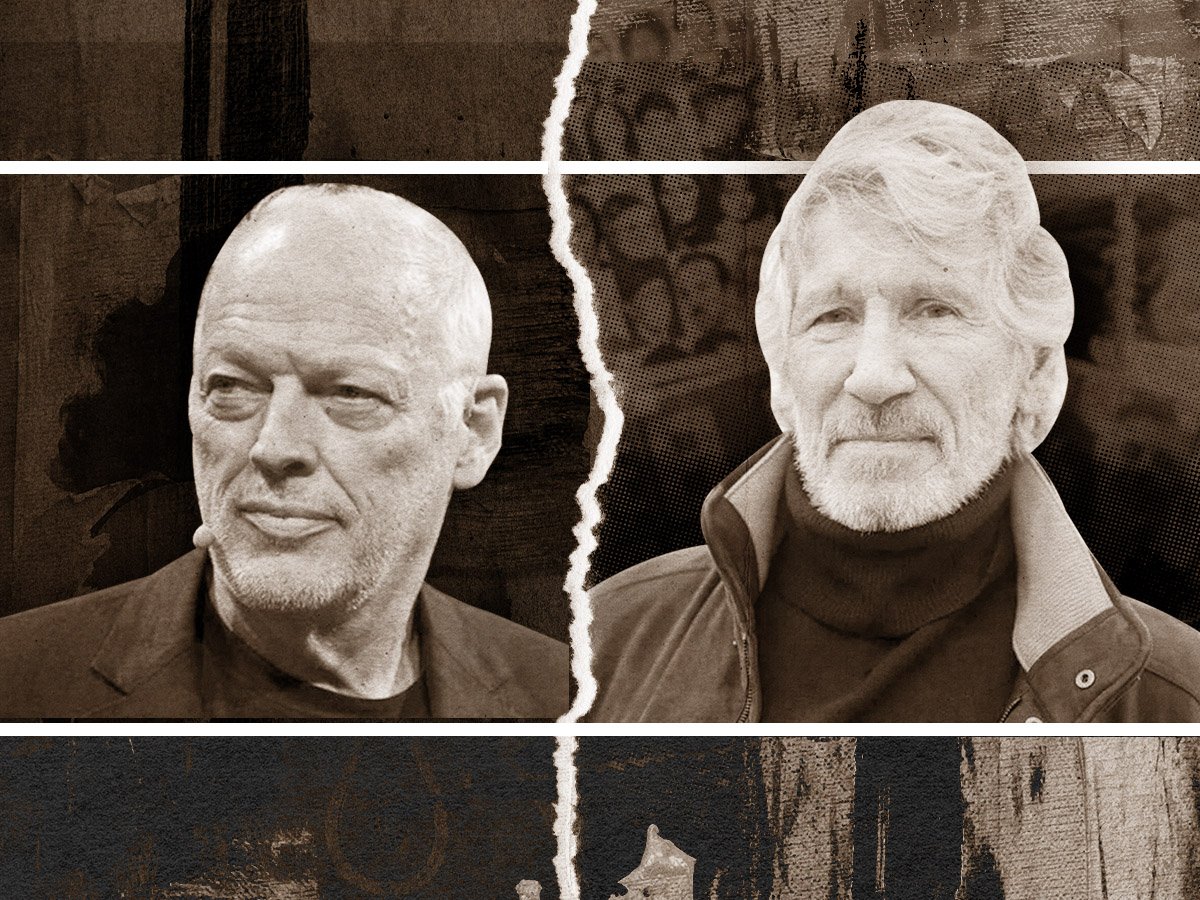
(Credits: Far Out / Alamy)
Wed 8 October 2025 20:26, UK
Towards the end of the 1970s, Pink Floyd was about as close to perfect as any rock band could hope to be. After losing Syd Barrett, David Gilmour, working together alongside Roger Waters, made for the most forward-thinking progressive rock that the world had ever seen, climaxing with the massive success of The Dark Side of the Moon.
While the band could have kept going for years under the same formula, Roger Waters had other ideas for what the group should be. It meant that he was always destined to blow off the rest of the band and head somewhere new.
Working outside the confines of typical song structures, the band’s subsequent albums would all be exercises for Waters to try and relate to the world around him. Penning the album Wish You Were Here as a pseudo-tribute to Barrett, Waters was also warning his audience about the dangers that came with big business.
That kind of mentality was only further explored in the album Animals. Split up into different tracks based on the subsequent animal allegories from George Orwell’s Animal Farm, Waters sculpted a dire look at what society might look like down the road, with Gilmour taking a back seat by only penning one track on the project.
Just when the band were trying to get themselves back on track, Waters had already begun work on the most ambitious project that the group would ever create. Based partially on his life, The Wall became the untold story of ‘Pink’ as he worked his way through the life of a rock and roll star before closing himself off society.
 Roger Waters on stage for Pink Floyd in 1977. (Credits: Far Out / Alamy)
Roger Waters on stage for Pink Floyd in 1977. (Credits: Far Out / Alamy)
Even though the band were credited with playing on the album, the mindset may as well have been for Waters’ first solo album, using different tools to get what he wanted out of them. With Gilmour playing the other characters on the album, the duo would eventually come together for one final track on the album.
Depicting a scene when Pink is strung out in his hotel room and needs to put on a show, Gilmour and Waters helped birth ‘Comfortably Numb’, taking different perspectives within one song. The difference between Gilmour’s and Waters’s contributions and tones of voice are like night and day, with Waters sounding like a cynical doctor coming to assist Pink before Gilmour paints a picture of euphoria in song form.
That one instance of pure creativity would be the last time Gilmour and Waters collaborated on a song together. Compared to the usual back-and-forth they would have perfecting a song in the studio, the band’s following album, The Final Cut, was practically a Pink Floyd album only in name, being populated by the first handful of songs for Waters’s solo career.
After deciding he didn’t need his bandmates anymore, Waters departed for parts unknown, with Gilmour taking the reins in the band until the release of The Division Bell in the mid-1990s. Despite the bad blood that may have gone down between Gilmour and Waters after the breakup, ‘Comfortably Numb’ remains the last moment where both of their musical souls worked in tandem.
While on record, it ranks as one of the finest moments of The Wall; it was performing the song live that the vision of the track truly came to life. Gilmour’s solo was front and centre. During a performance, Roger Waters arrives at the stage bathed in the spotlight before the end of the opening verse as it fades out. Next thing you know, the chorus begins from David Gilmour, placed around 30 feet up in the air with lights shining from behind him onto the audience; he begins his career-defining solo. As that ends and the audience erupts with praise, the lights go out, and we’re directed back to Waters.
Another similar interchange begins with the second verse as Gilmour again takes his place at the top of the wall. Another starring solo sees the crowd open-mouthed in admiration for the guitarist as he wails on his guitar. It’s a typification of how Floyd transferred their mammoth creativity into both the studio and the live show. Arguably, the band’s most famous song, it’s hard to fight its position as perhaps their defining anthem.
Related Topics

